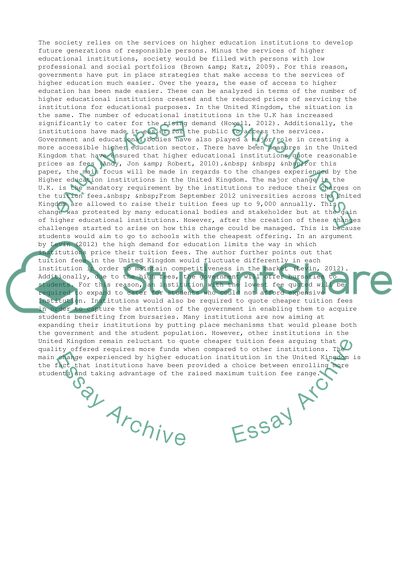Cite this document
(Management of Higher Educational Institutions Term Paper, n.d.)
Management of Higher Educational Institutions Term Paper. Retrieved from https://studentshare.org/management/1497582-case-study-report
Management of Higher Educational Institutions Term Paper. Retrieved from https://studentshare.org/management/1497582-case-study-report
(Management of Higher Educational Institutions Term Paper)
Management of Higher Educational Institutions Term Paper. https://studentshare.org/management/1497582-case-study-report.
Management of Higher Educational Institutions Term Paper. https://studentshare.org/management/1497582-case-study-report.
“Management of Higher Educational Institutions Term Paper”, n.d. https://studentshare.org/management/1497582-case-study-report.


